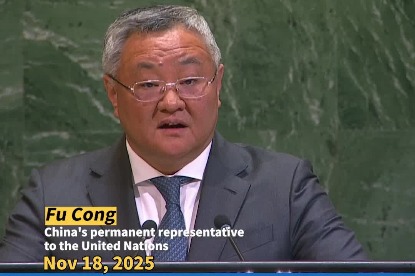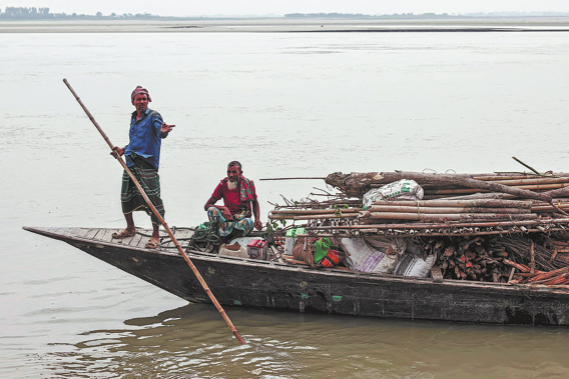As pandemic eases, NY remembers toll

As the federal government declared this month that the COVID-19 pandemic is no longer a public health emergency in the US, New York, once the epicenter of the virus, is still dealing with the toll it took on residents.
More than 2 million New Yorkers suffered the death of a loved one attributed to COVID-19 within the first 16 months after the virus first hit the city.
At least 900,000 others lost at least three relatives or friends that they were close to, the data collected in mid-2021 for the New York City Housing and Vacancy Survey (NYCHVS) found.
Corky Lee, 73, a renowned photojournalist who was born and raised in Queens, New York, died from COVID-19 in January 2021.
The Asian American photographer spent decades documenting his community and its changes. This month, Google Doodle honored his work in celebration of Asian American Pacific Islander Heritage Month.
"Through his lens, he gave Americans of Asian descent their history, pride, and dignity and reminded all Americans of Asian contributions to the national American mosaic," his brother John Lee, said in a statement to Google.
Lee is among an estimated 80,450 residents of New York who have died from COVID-19 since the beginning of the pandemic in early March 2020 until May, according to the Centers for Disease Control and Prevention (CDC.) Half of those deaths occurred in New York City.
The deaths from the virus hit some communities harder than others. Several studies repeatedly showed that Hispanic and black people died from COVID-19 at higher levels than white people.
More than 5,200 Latinos in New York City died from COVID-19 up until May — according to the New York City Department of Health and Mental Hygiene — higher than any other racial group.
The large number of deaths in those communities could be because many were essential workers.
Approximately, 1.1 million people out of the city's 8.4 million residents were forced to go to work between March and June 2020 at the height of the spread of the virulent virus, the survey showed. More than 800,000 of them were people of color.
The data also shows that a third of low-income workers had at least one relative die compared to just a quarter of all other New Yorkers. An additional 16 percent of low-income workers lost three people they were close to, compared with 11 percent of all New Yorkers, NYCHVS found.
Last year, COVID-19 was listed as the fourth leading cause of death in the US. It was the third leading cause of death in 2021 and 202, data shows.
"There's no doubt that we still must remain vigilant and take precautions, as I like to say we have to keep our guard up," Dr William Schaffner, professor of preventive medicine and infectious diseases at Vanderbilt University medical center in Nashville, Tennessee, told China Daily.
"COVID is not behind us. Yes, we have moved from the most intense pandemic phase where our healthcare system was almost paralyzed with COVID, to now a smoldering phase which we in public health call endemic."
New York Governor Kathy Hochul has also called on New Yorkers to "remain vigilant" against COVID-19.
"Even though the federal public health emergency has ended, I encourage every New Yorker to remain vigilant against COVID-19 and use all available tools to keep themselves, their loved ones and their communities safe and healthy," she said.
So far this year, nearly 35,000 people nationwide have died from COVID-19, according to the National Center for Health Statistics.
Last year, at least 186,702 deaths out of the 3.2 million people who died were attributed to the virus. It was also a factor in a further 58,284 deaths. In 2021, there were 462,193 COVID-related deaths.
Those that had the highest risk of death included adults aged 85 and over, Native American or Alaska Natives and men. The lowest death rates were among Asian Americans and children ages 5 to 14.
Nationwide, around 1,127,928 million Americans have died from COVID-19, since the beginning of the pandemic until May 11, when US President Joe Biden officially ended the public health emergency.
This month, the World Health Organization, echoed the US, by declaring that COVID-19 is no longer an "international health emergency".
But as the country eases out of the worst parts of the pandemic, an overwhelming number of respondents in a mid-March poll by Monmouth University said that it was not over and may never be finished.
Half of respondents said that they still wore their masks in public some time over fears about catching the virus, 20 percent wear one all the time.
Schaffner added: "We're going to have to live with this virus for the foreseeable future; it will not disappear."
































